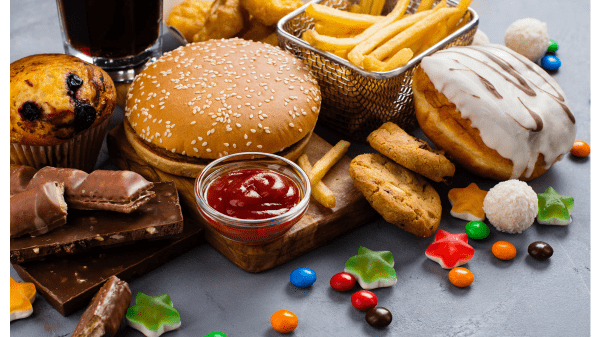A study at the University of Minnesota is looking at a disadvantaged section of north Minneapolis to see why fast-food restaurants have proliferated there.
“Professor and researcher Fernando Burga’s work will explore historical policies and planning documents to explain how and why the area has attracted so may fast-food outlets and so few other choices,” reports the Minneapolis Star-Tribune.
“Whatever the causes, researchers say the result is a neighborhood that is less of a ‘food desert’ lacking any choices and more of a ‘food swamp’ with plenty of unhealthy food options.”


A glimpse of the area on Google Maps reveals a stretch of West Broadway sporting a Popeye’s Louisiana Kitchen, Little Caesar’s Pizza, Wendy’s, McDonald’s and a Taco Bell within a few blocks.
Admittedly, there is also a Cub Foods and a Brix Grocery and Meat in the same stretch, so there are some grocery options, but they are certainly outnumbered by fast food choices.
“Research on food swamps is relatively new, but driving around north Minneapolis, the phrase makes intuitive sense, as there seems to be an abundance of cheap and convenient food sellers offering items loaded with empty calories,” says a report from the Federal Reserve Bank of Minneapolis.
One study reveals higher obesity rates in food swamps than in food deserts (areas without supermarkets within close reach).
Although food swamps are more common in low-income areas with high numbers of nonwhite residents, the study revealed the same effect in food swamps regardless of the neighborhood’s affluence.
Queen Frye, a north Minneapolis who is cofounder of the urban garden nonprofit R. Roots, says, “We’ve talked to the youth, and they want to see a Tropical Smoothie or Chipotle or Crisp and Green. Why don’t we help them have that for their future?”
Why is this relevant to the produce industry? Because it is widely concerned about stagnant rates of fruit and vegetable consumption among Americans. This fact cannot be understood, much less addressed, without understanding the role of fast food in the nation’s landscape.
Even the brief comments above reveal that not all fast-food places are equal from a produce point of view. Yes, you can get a salad at McDonald’s, but who goes to McDonald’s for a salad? By contrast, when you run the burrito gauntlet at Chipotle, you’re exposed to grilled vegetables, salsa made from fresh tomatoes, lettuce, and of course guacamole.
Crisp & Green’s menu highlights an array of salad and grain bowls.
The produce industry sometimes blames artificially stoked pesticide fears for stagnant consumption levels of fruits and vegetables. But in a March 2022 Gallup poll about Americans’ environmental concerns (which are close to a two-decade high), pesticide residues in food do not even make the list.
The dominance of fast food in the American culinary world must be seen as a much larger factor.
There is no point in demonizing fast food. Demonization is almost always useless, and anyway, as we have seen, not every fast-food chain pushes fruits and vegetables into the background.
In any case, if the produce industry is serious about increasing consumption, the role of fast food—good and bad—needs to be much better understood than it appears to be.



